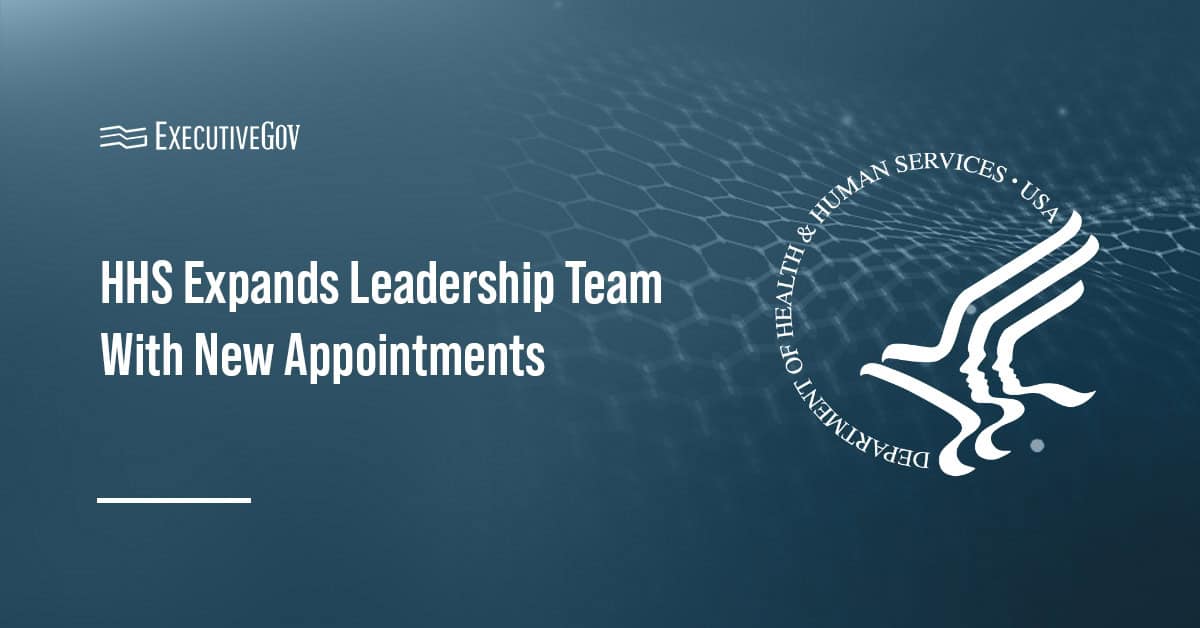 The National Institute of Standards and Technology has made available the final version of its cryptography standards and guidelines document as part of the agency’s efforts to standardize the development process of the data protection technology.
The National Institute of Standards and Technology has made available the final version of its cryptography standards and guidelines document as part of the agency’s efforts to standardize the development process of the data protection technology.
NIST said Thursday the final Cryptographic Standards and Guidelines Development Process document comes after the publication of the first draft in February 2014 and the release of a revised draft for public comment in January 2015.
This version aims to address previous comments by adding features such as the global acceptability principle and descriptions of the types, review process and lifecycle management of NIST cryptographic publications..
The document lists government agencies and their suppliers as the key cryptographic stakeholders, although the agency believes there is a broader community of affected parties.





